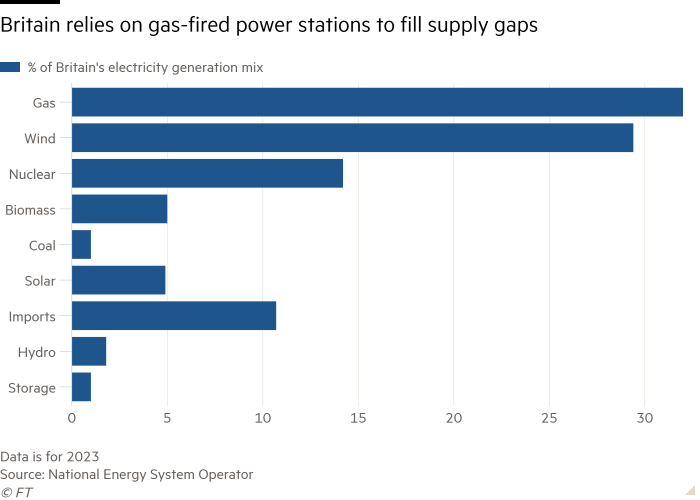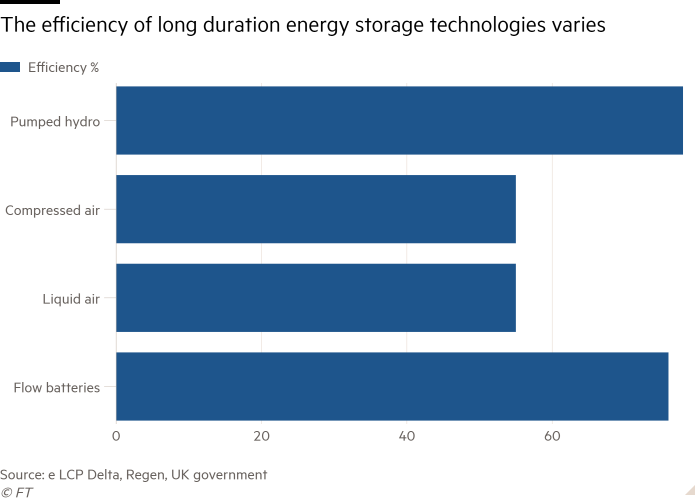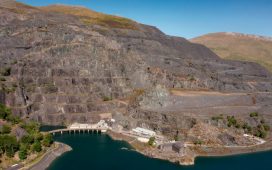Unlock the Editor’s Digest for free
Roula Khalaf, Editor of the FT, selects her favourite stories in this weekly newsletter.
It took 4,000 men to hollow out the Scottish mountain Ben Cruachan and build a pumped storage hydro power station in its core.
Construction techniques have modernised since the plant opened in 1965. But investors should be thinking about pumped storage hydro and technologies that store energy for hours, if not days, for other reasons.
The UK government has confirmed long-held suspicions that Britain will have to build new gas power stations to help meet demand next decade when weather-dependent renewables are not generating. As Britain’s electricity system relies more heavily on renewables, however, price arbitrage opportunities should arise for long duration energy storage technologies (LDES).
By 2035, there will be excess power generated by renewables and nuclear plants during 64 per cent of hours across the year, according to analysis produced for the UK government. That compares with 14 per cent in 2023.
Conversely, there will be periods where renewables output is insufficient to meet demand. Of the periods of excess or shortfall in 2035 modelled by consultancy LCP Delta, more than 50 per cent of those events are forecast to last more than 24 hours.
Currently, Britain leans heavily on gas-fired power stations to fill those gaps. Companies such as SSE and Czech billionaire Daniel Křetínský’s EPH already have plans for new gas plants — although it is suggested these could be decarbonised through technologies such as carbon capture and storage or hydrogen.

More LDES would at least lessen dependency on gas. Pumped storage hydro, known as “water batteries”, are more established but other LDES technologies include compressed air and flow batteries.

Plants such as Ben Cruachan, where Drax is proposing to invest £500mn to build a new, 600MW water battery, use electricity at times of excess to push water from one reservoir to another at a higher elevation. The process is reversed during shortages, when prices are higher.
High upfront costs and revenue uncertainty have stymied efforts to build large new LDES schemes since privatisation in 1990. A 1.5GW water battery proposed by SSE in the Scottish Highlands will cost about £1.5bn. The UK is now consulting on a mechanism to guarantee revenues if returns drop below an agreed floor.
Developers’ hopes have been dashed before. Drax’s equity story remains dominated by its quest to extend public subsidies for its wood chip-burning power plant in Yorkshire. Its shares trade at a lowly 4.5 times forward earnings.
Trying to build LDES assets in Britain has been a long duration game. An increasingly renewables-dependent system, and fear of a gas comeback, puts a positive outcome in sight.
Lex is the FT’s concise daily investment column. Expert writers in four global financial centres provide informed, timely opinions on capital trends and big businesses. Click to explore










